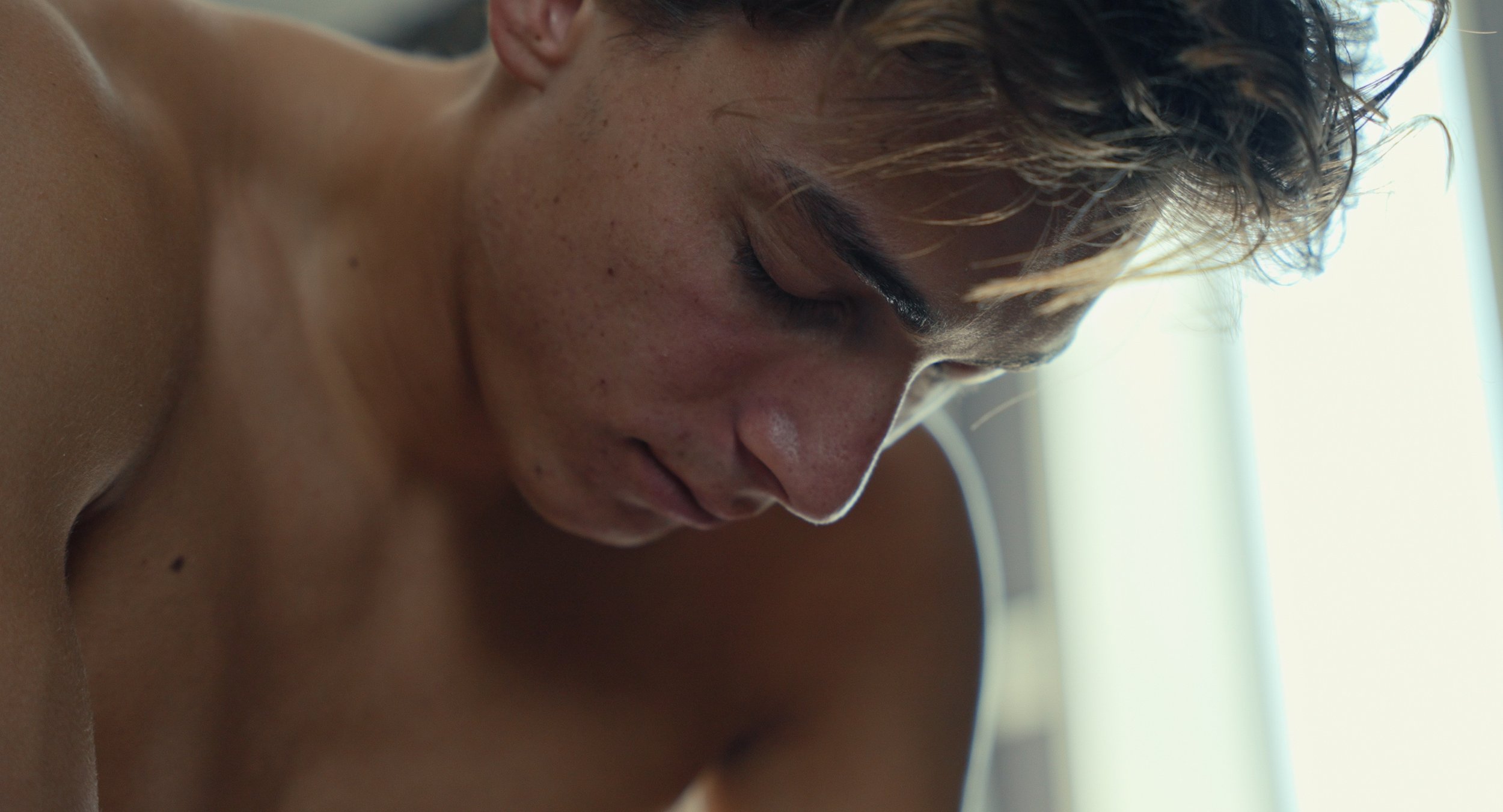
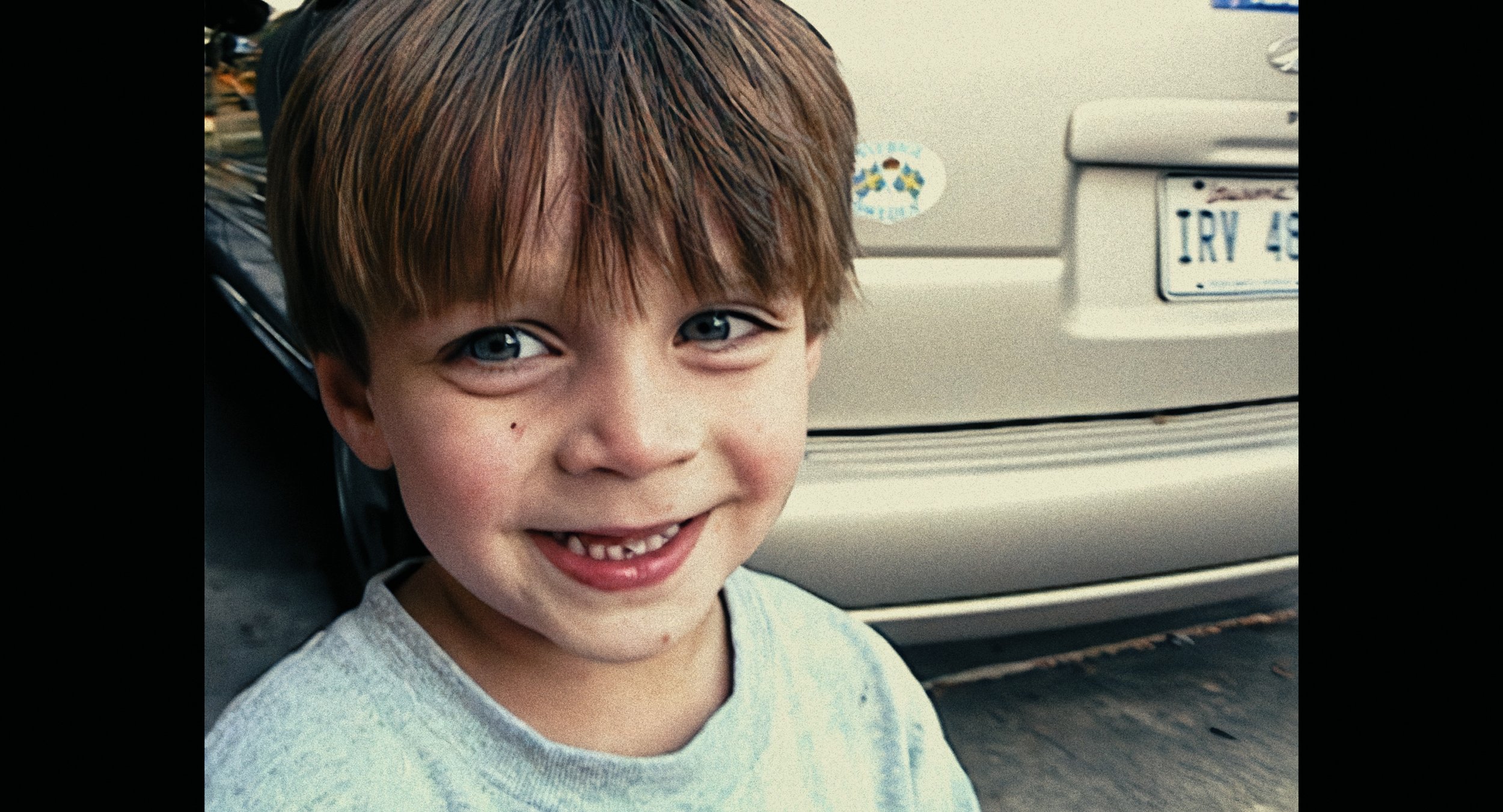
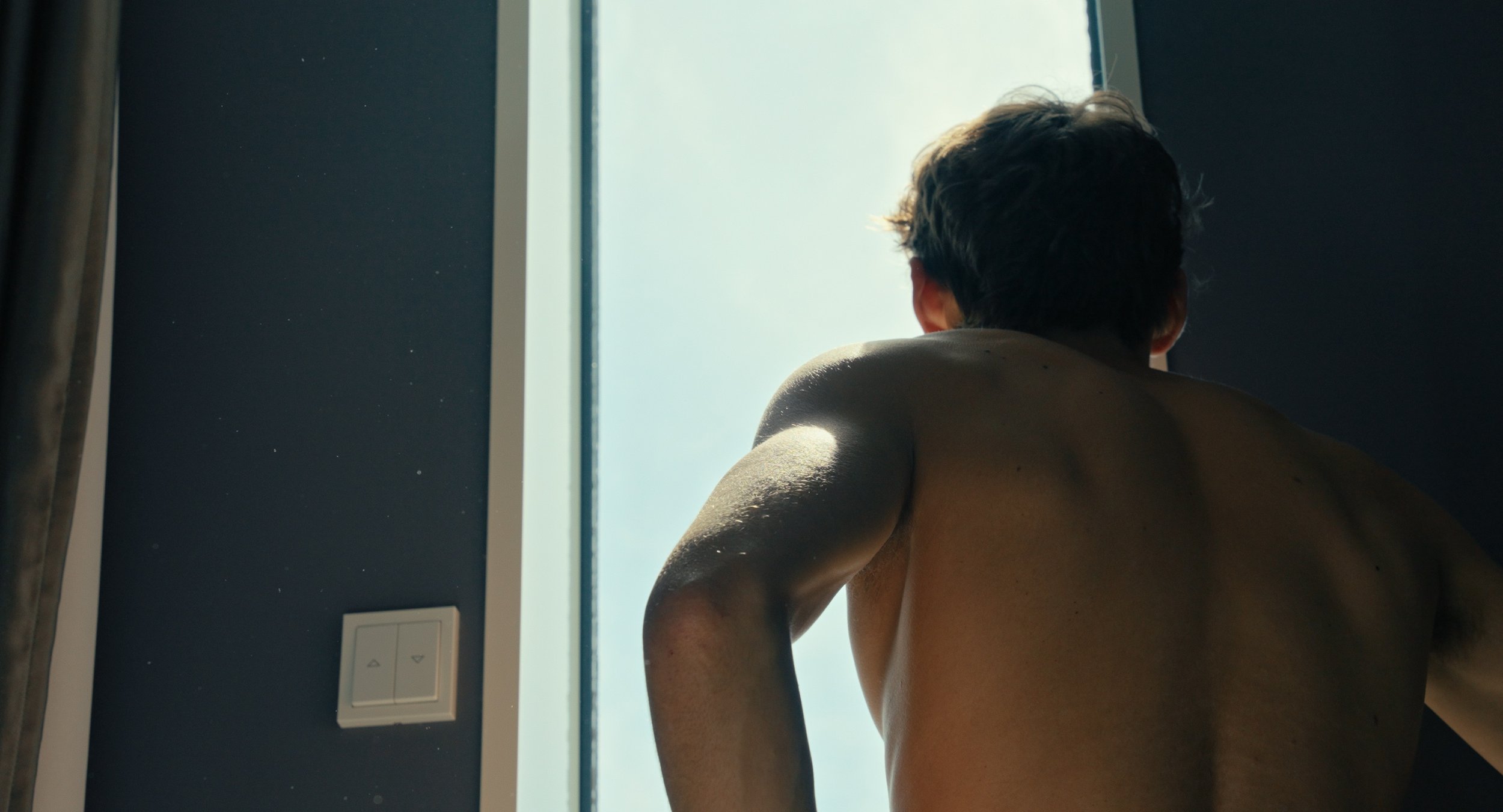
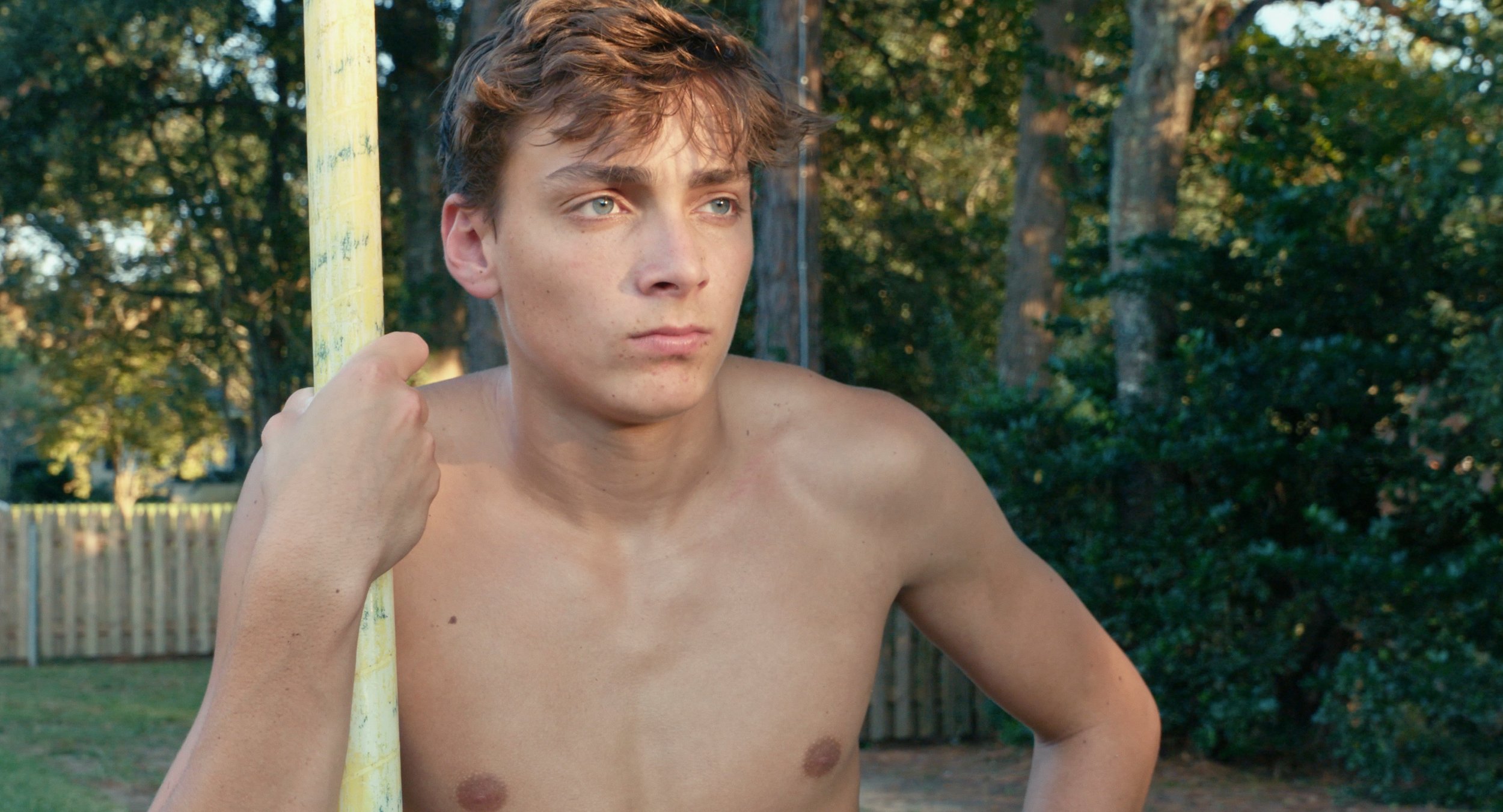
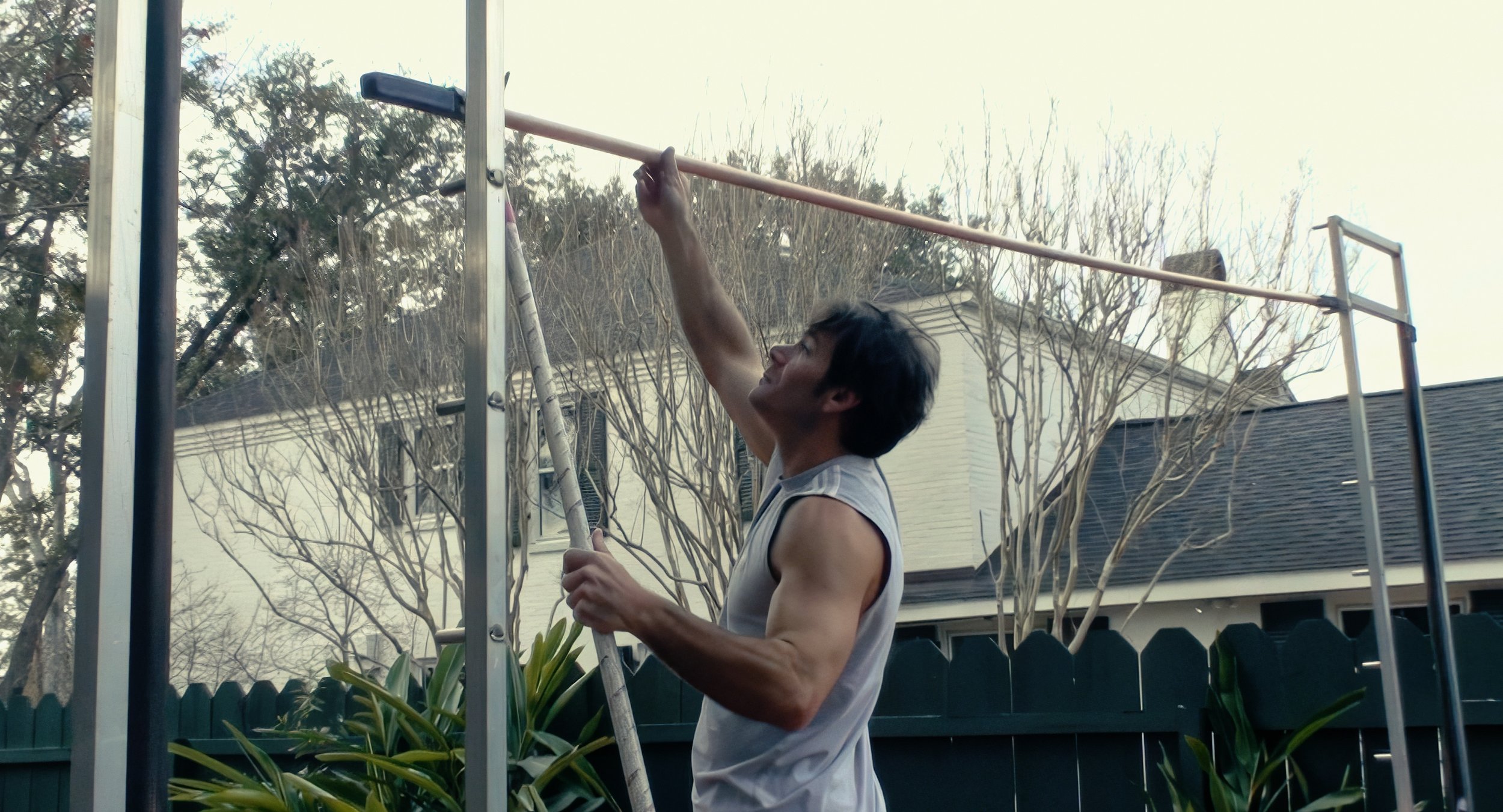
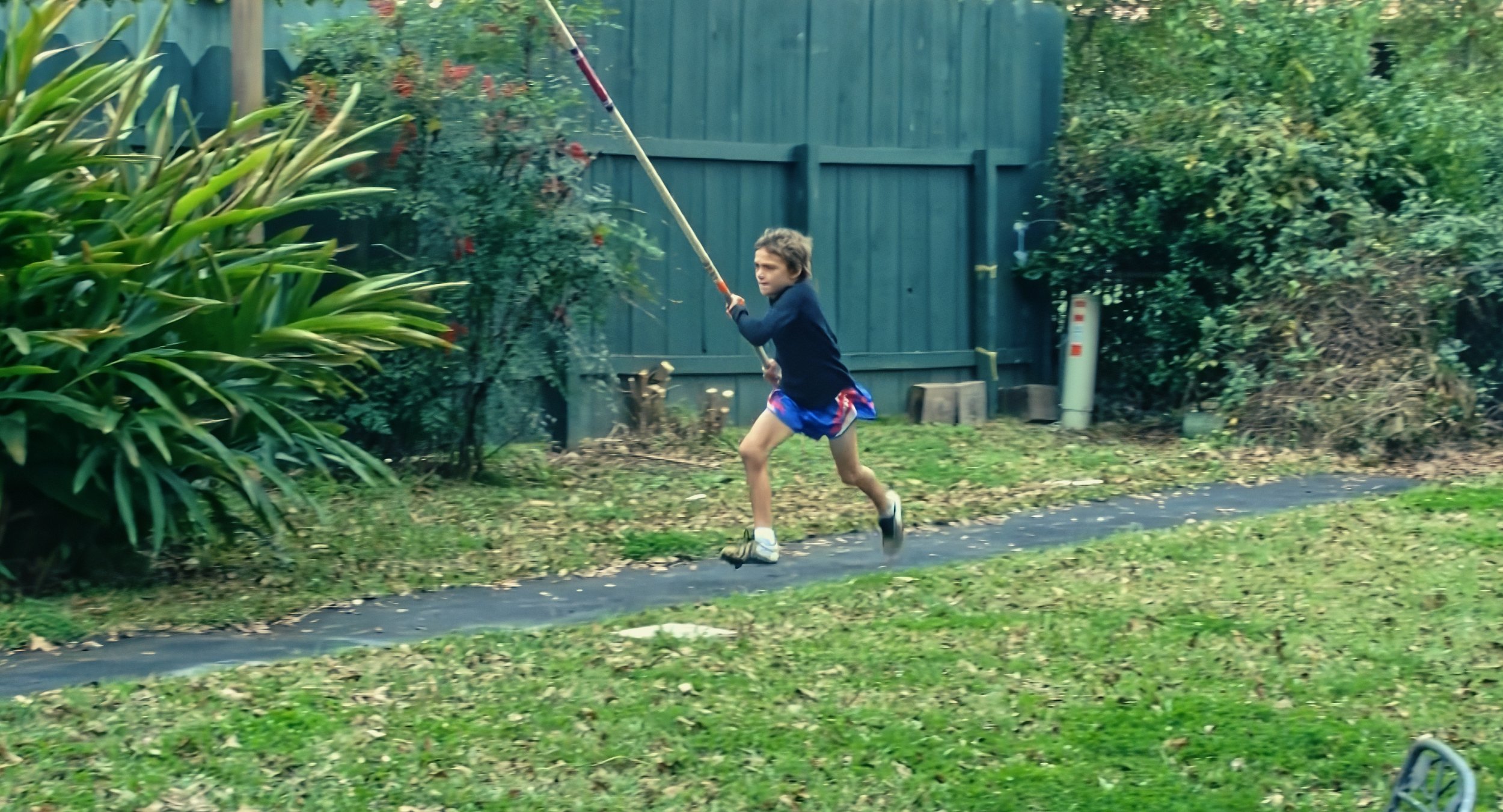
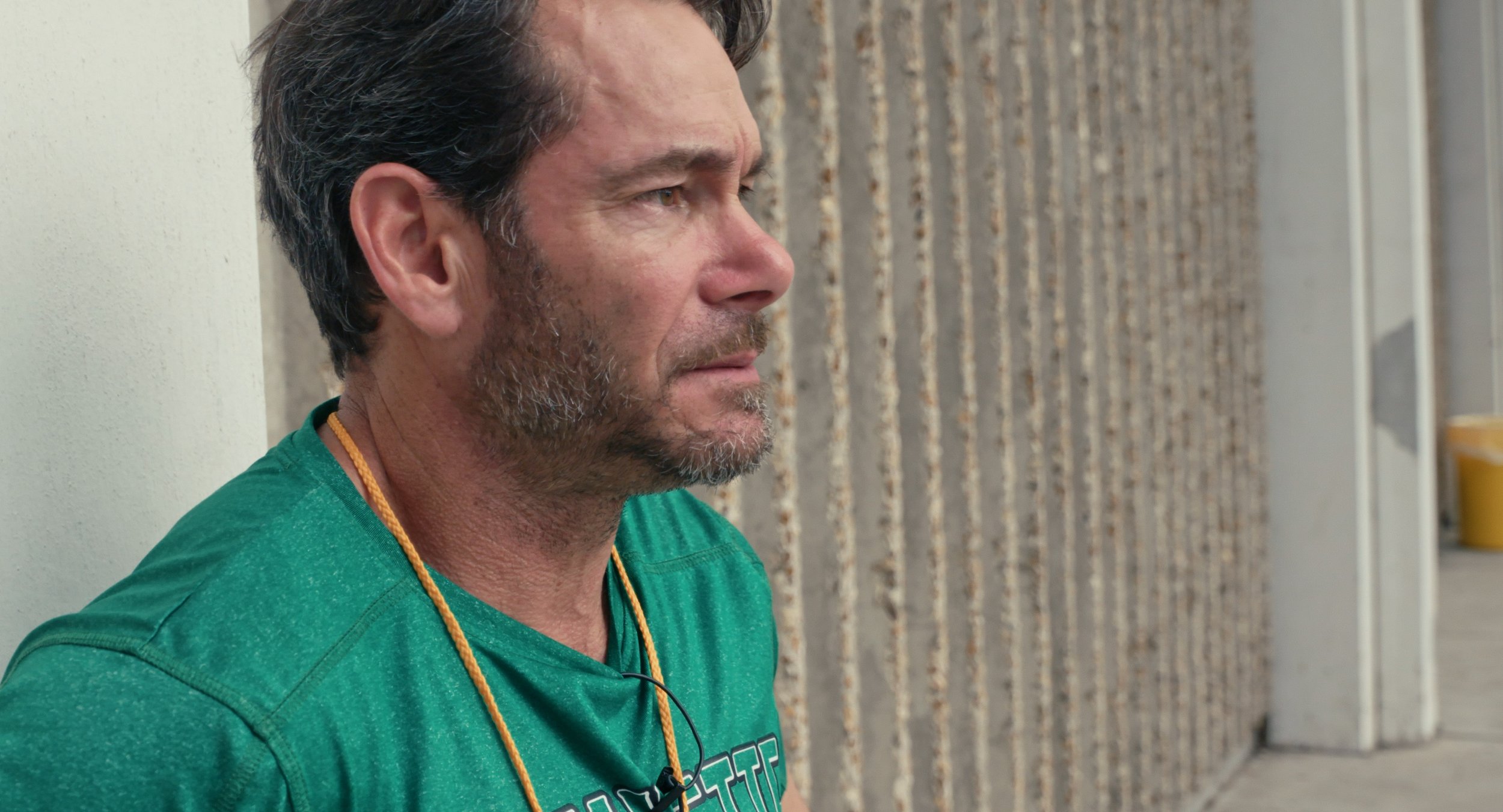
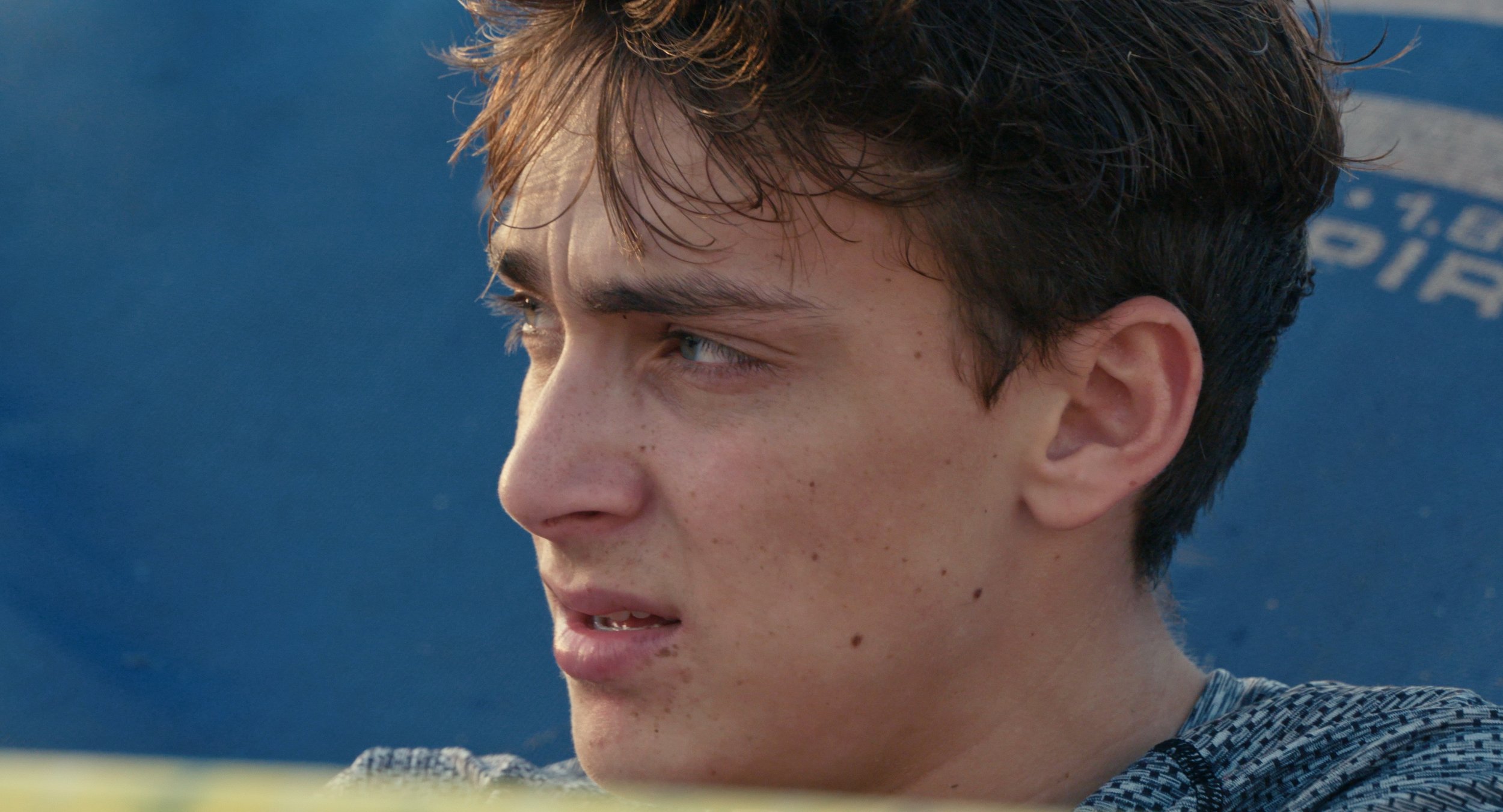
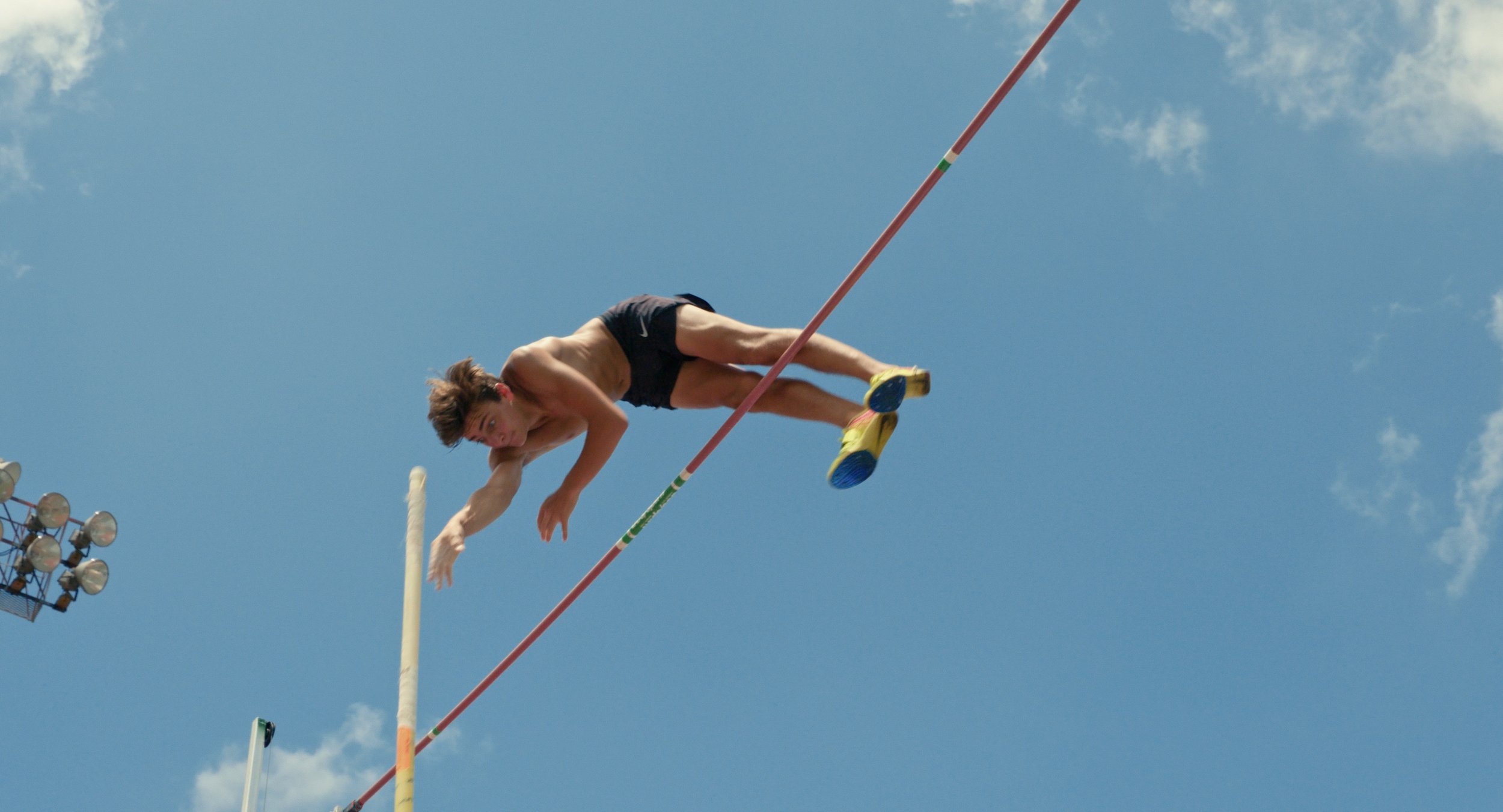
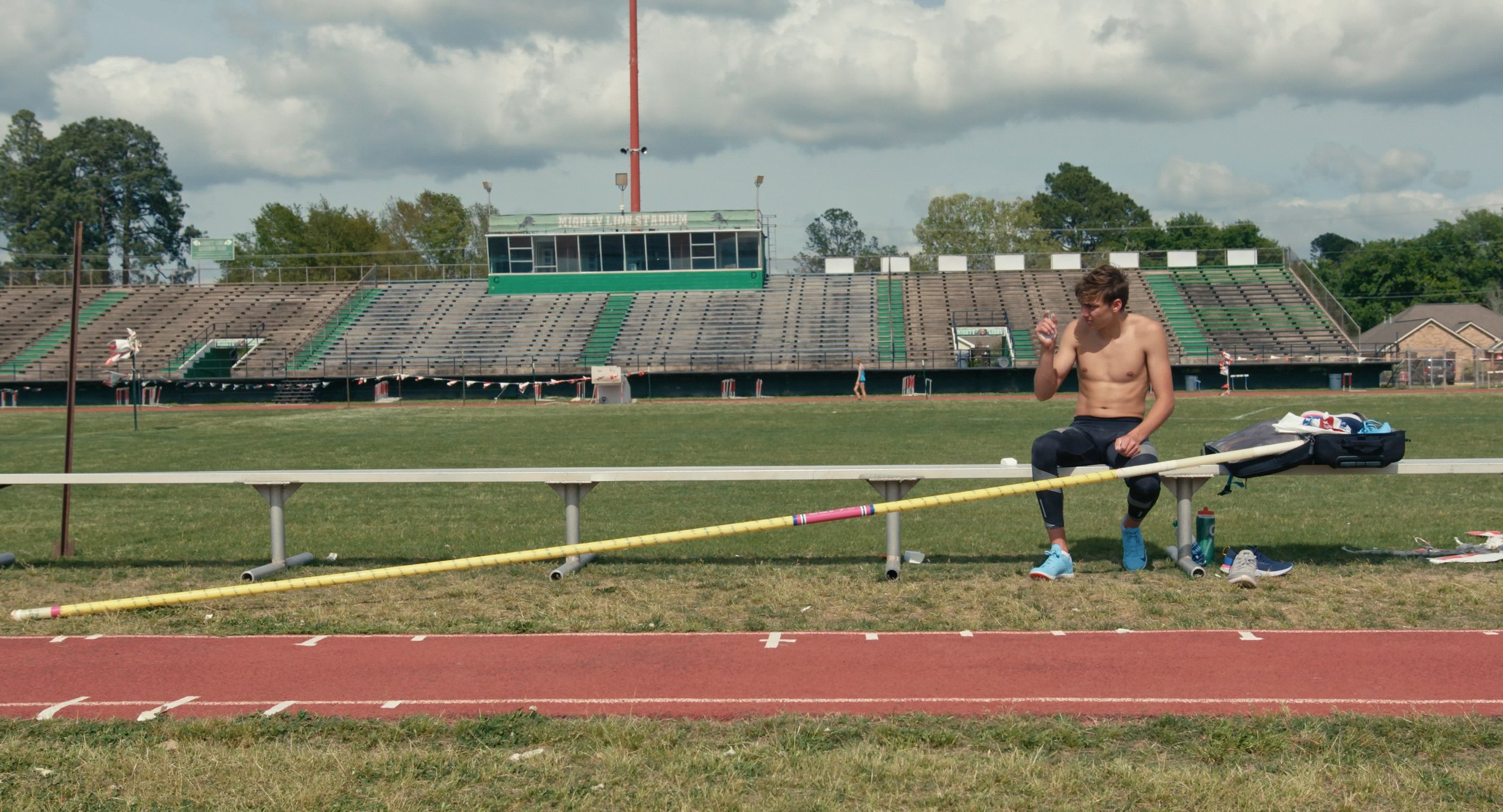
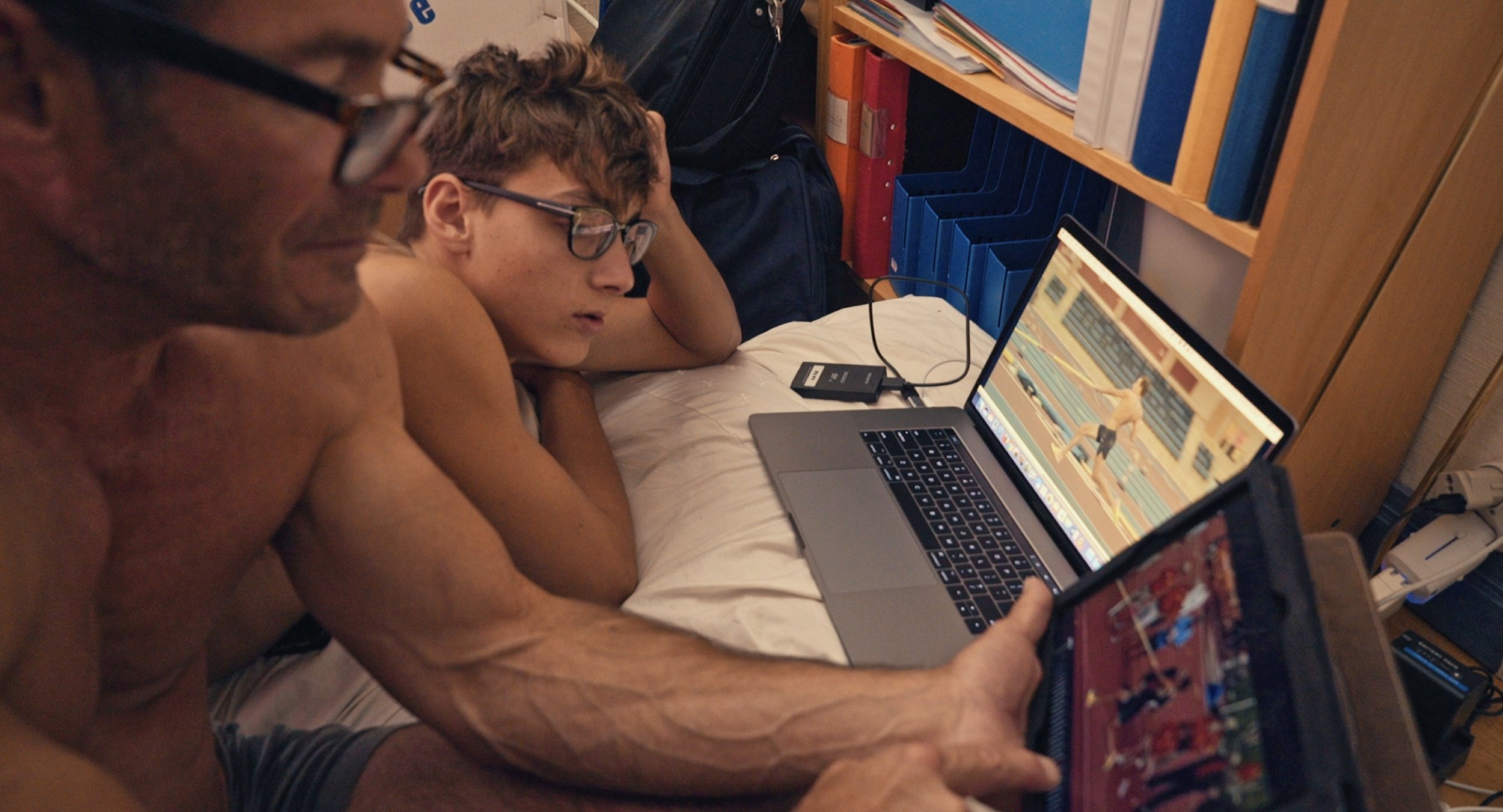
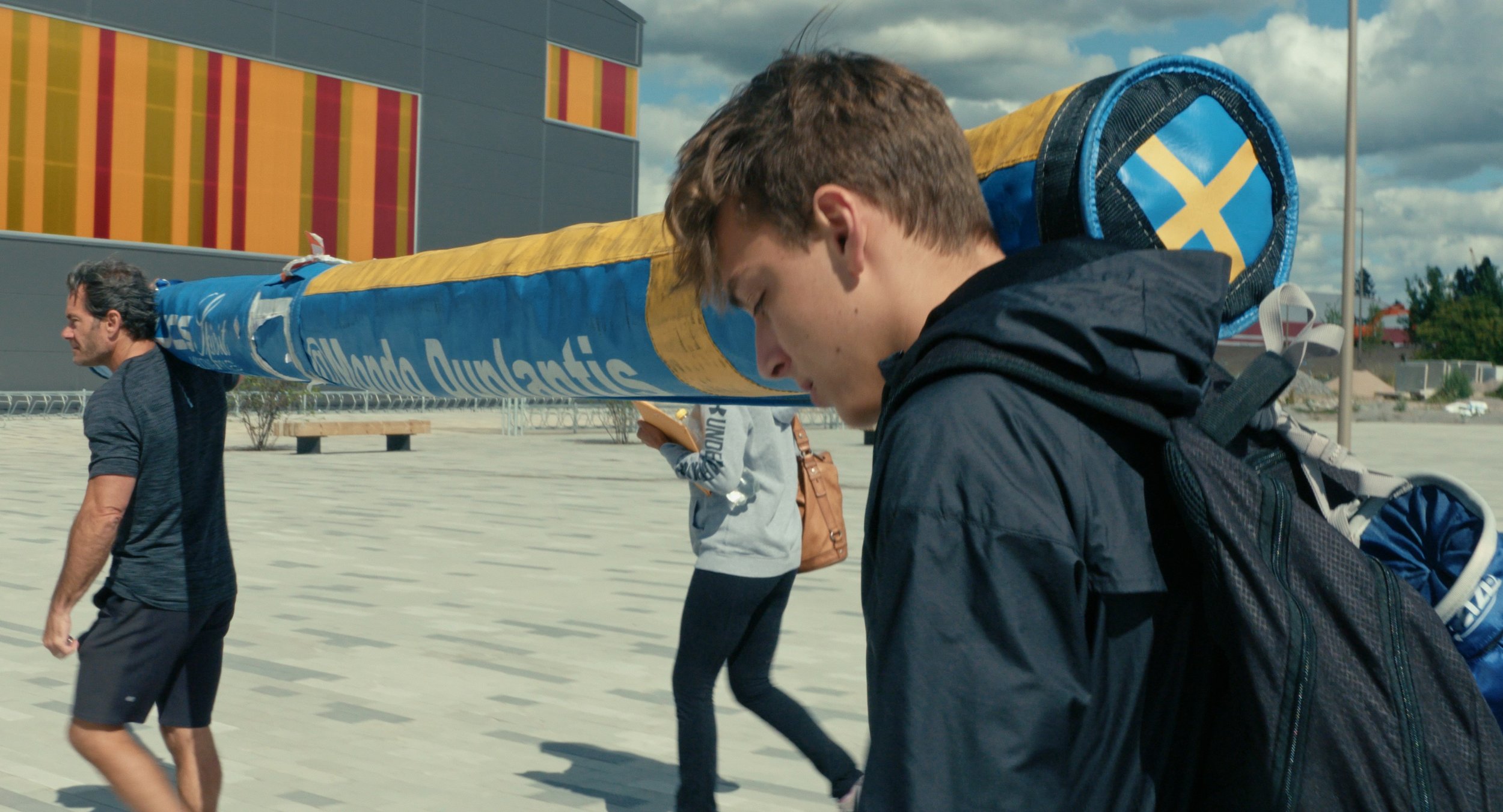


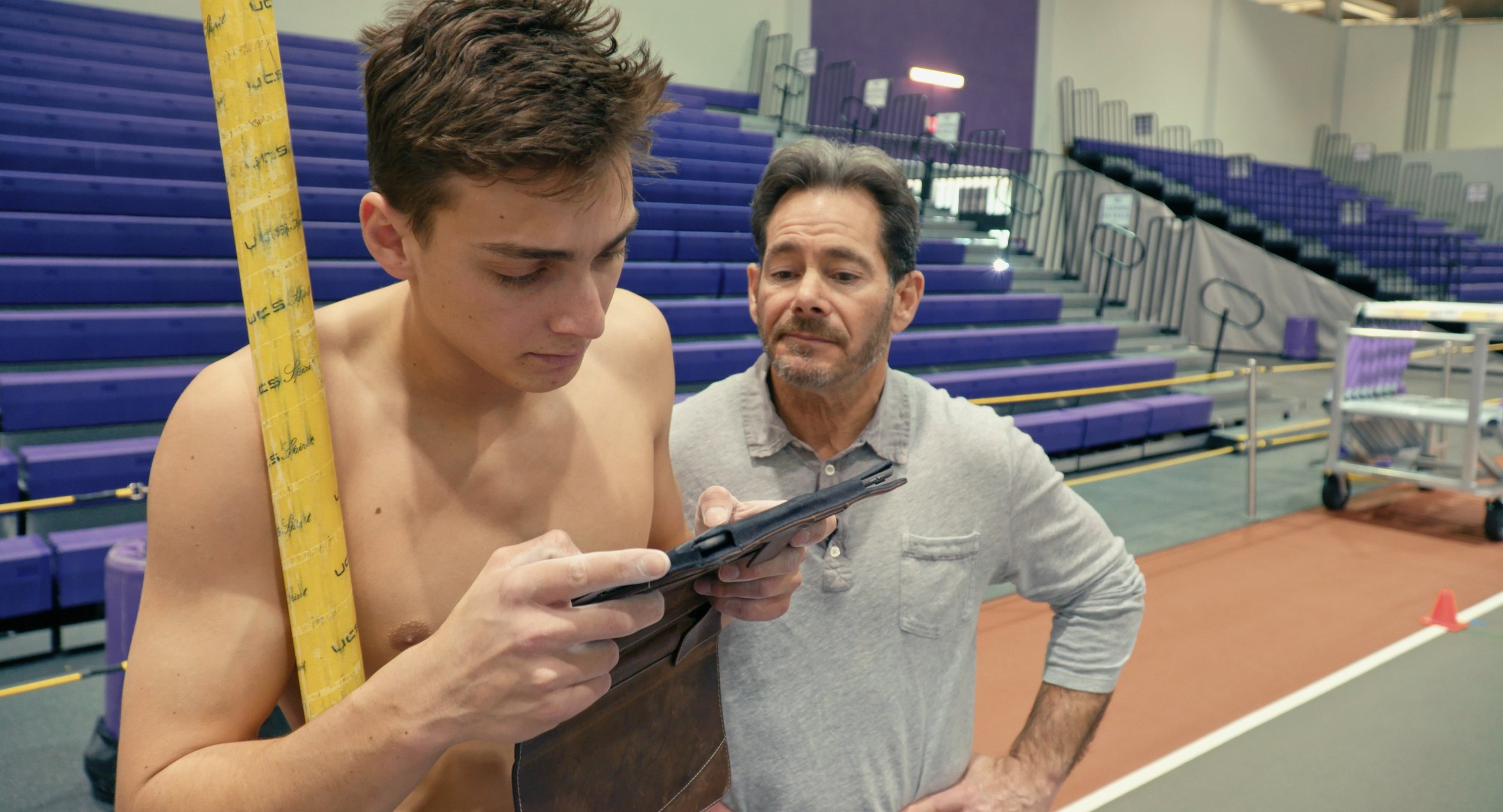
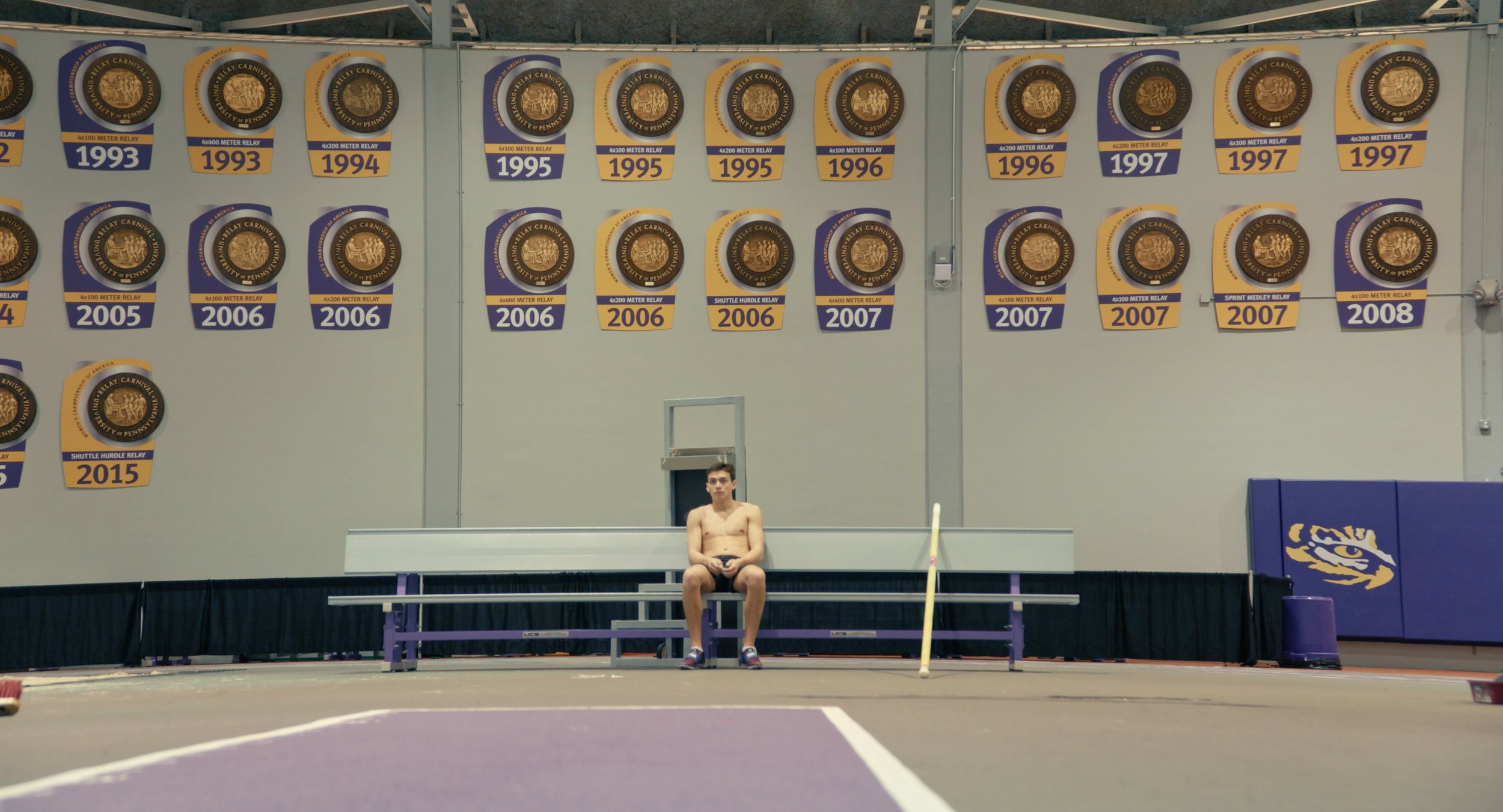
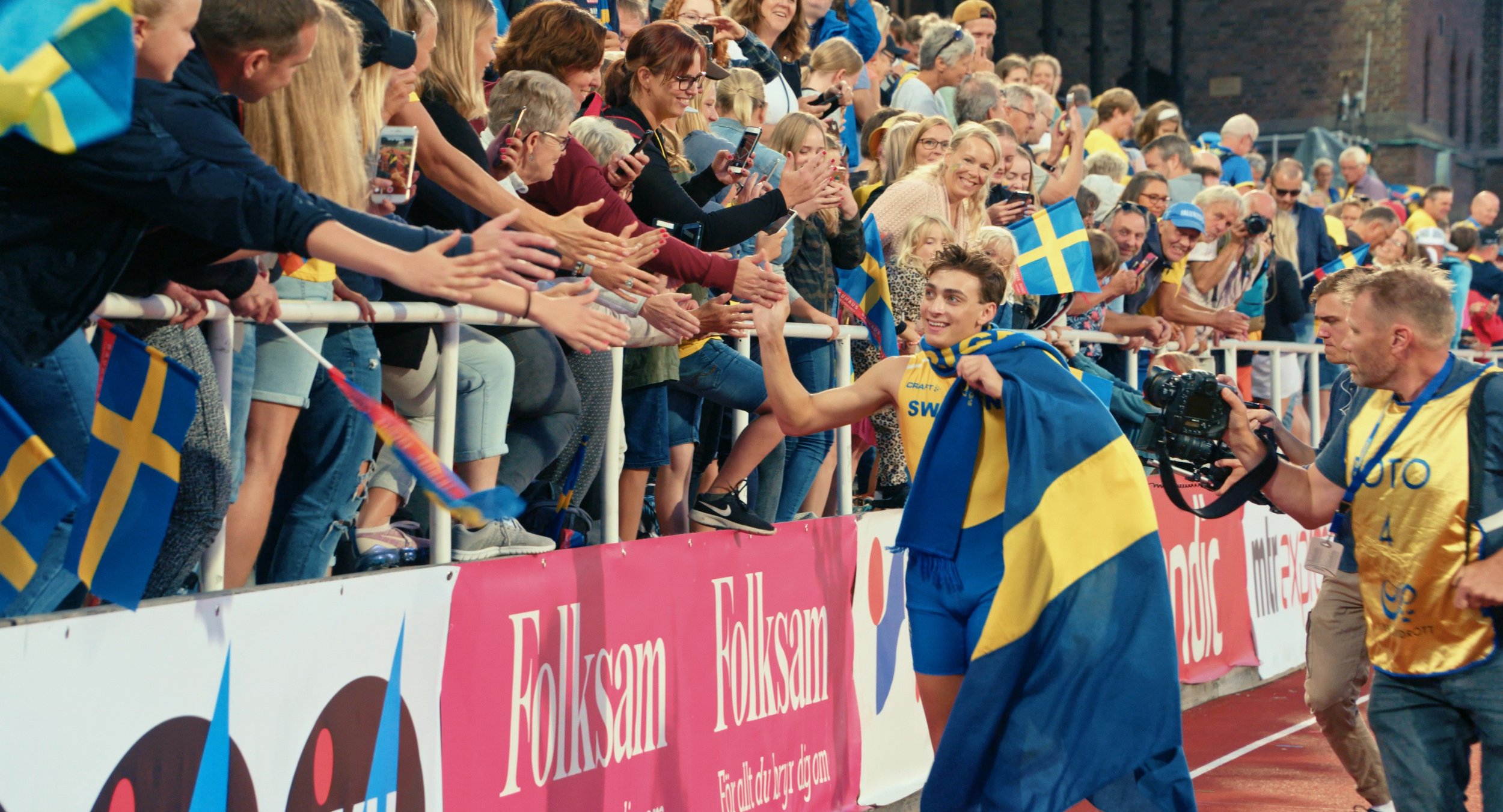
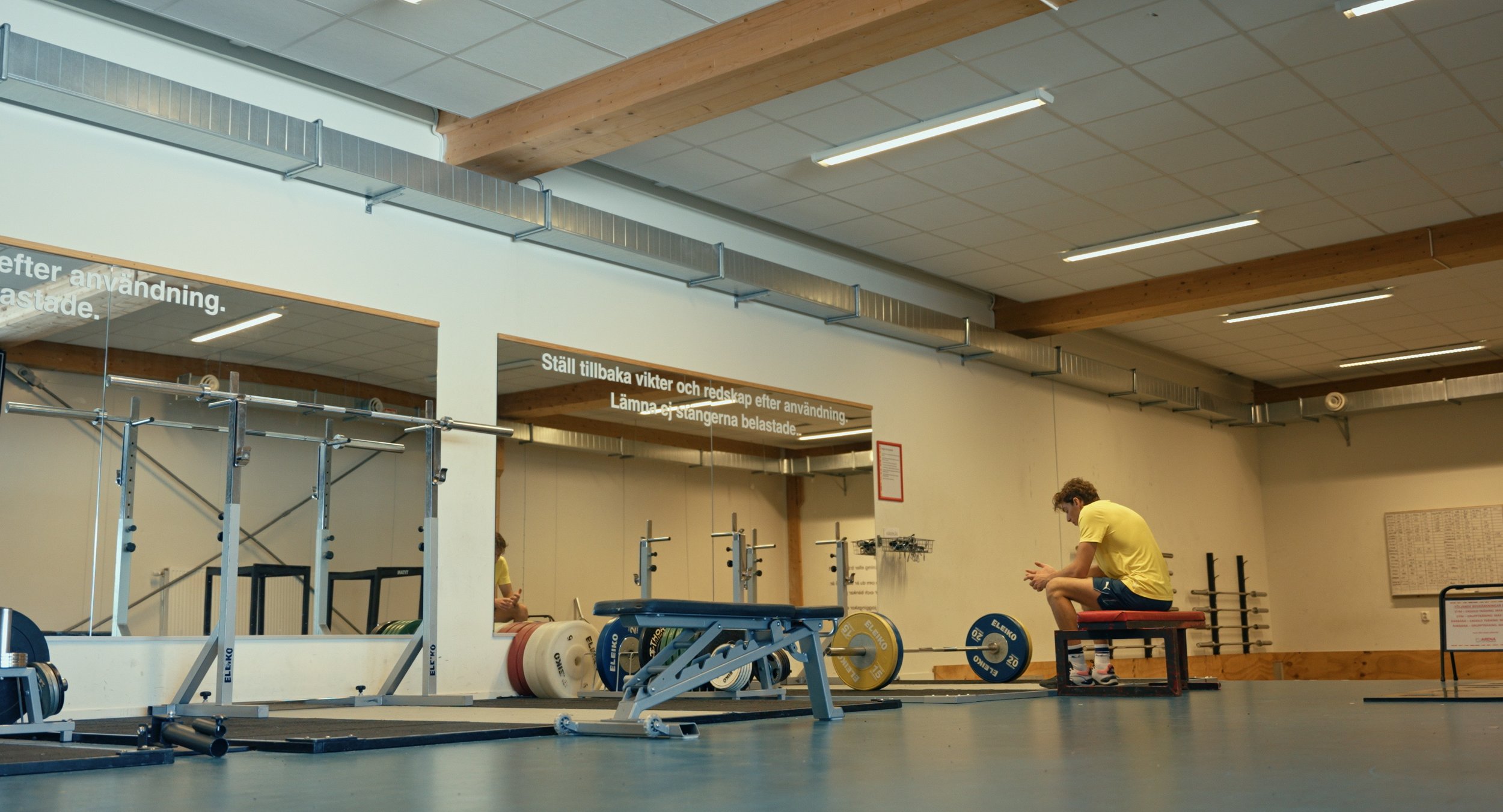

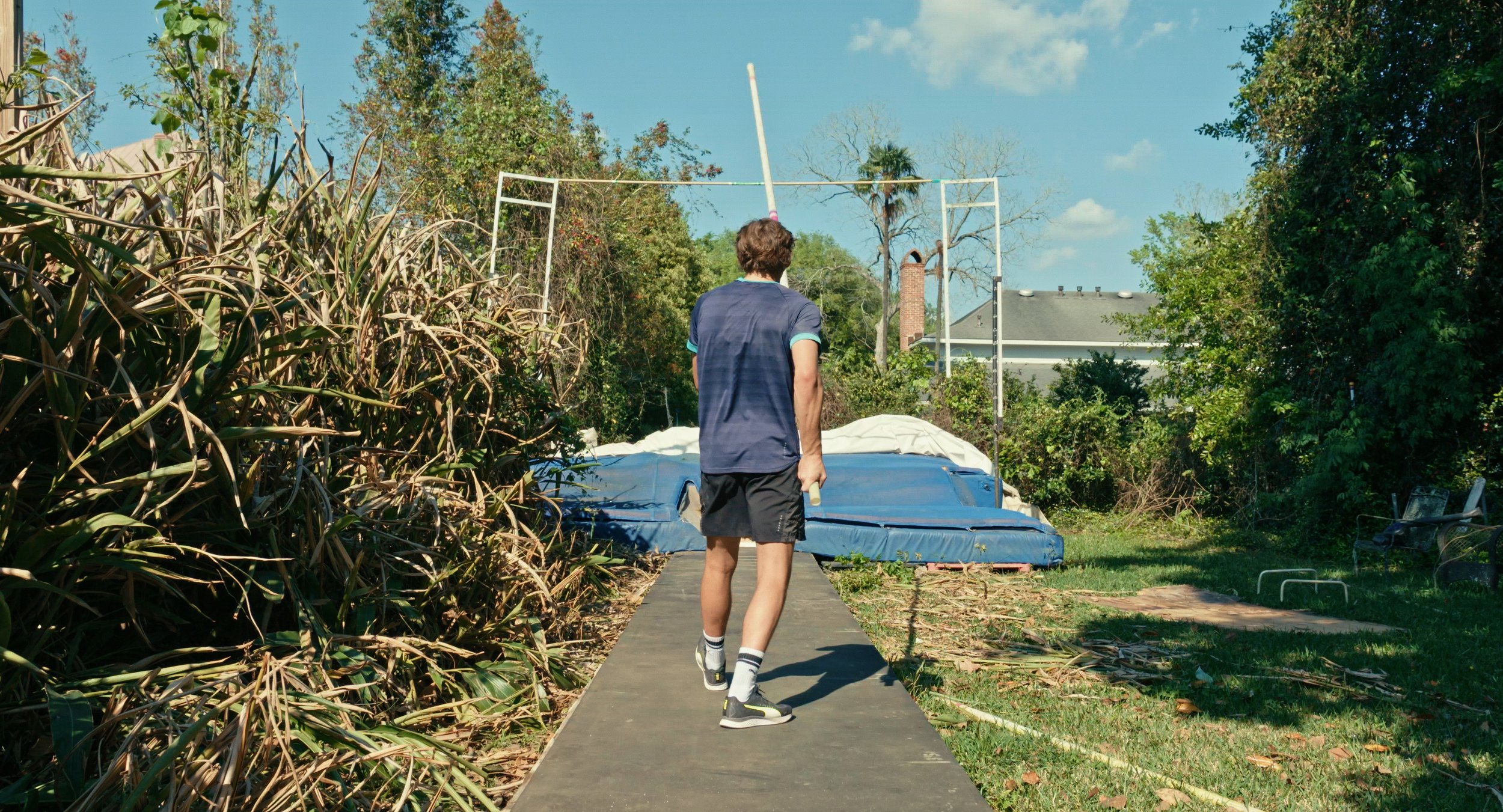
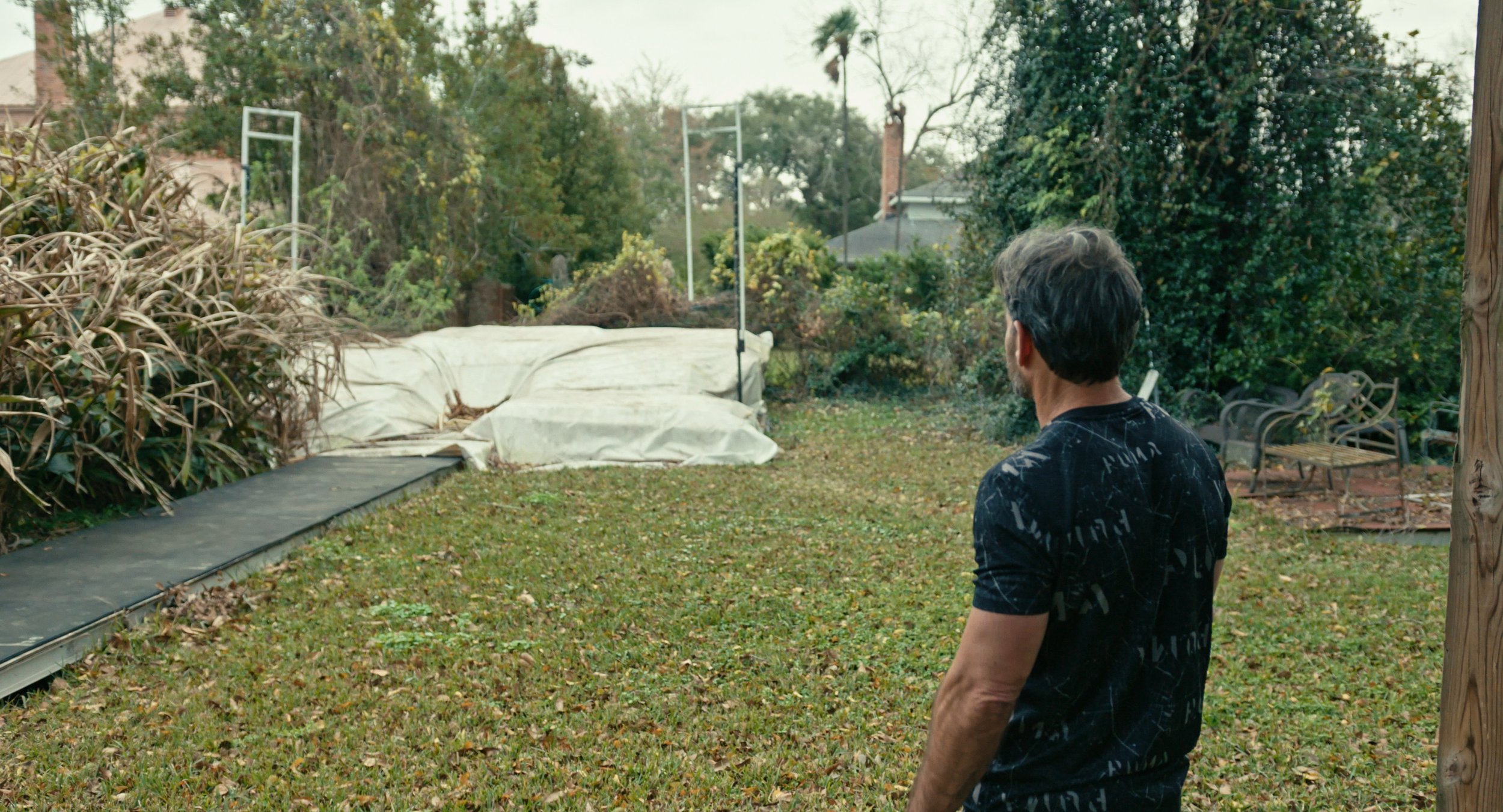
about
THE FILM
Born to Fly originated with a fortunate stroke of luck. I was a twenty-one-year-old, living back with my parents in what my mother affectionately defined as my “permanent deferral” from college.
Things were not working out the way I planned. I had longed dreamed of emulating John Singleton - with a feature film and accolades under my belt by a young age - but reality was setting in quickly. I needed something new to work on that was inspiring. Something that would energize and motivate me to take risks. Like Bilbo Baggins, I needed an adventure.
That adventure became Born to Fly, a feature documentary about a young pole vaulter from my hometown named Armand “Mondo” Duplantis. It was an adventure that took me to six different countries over the span of nearly six years - where I frequently found myself flying on now- defunct airlines and sleeping on many floors. And it all started, like a trope out of a movie, when I read the local newspaper early one morning in 2017.
The article described the successes of a high school pole vaulter from our town who was the world junior record holder. I remembered the last name, Duplantis, because everyone in our town knew of the family of athletes who built an entire pole vault pit in their backyard; we just didn’t know much about them.
It was a light bulb moment. There was something magical about a kid embarking on a journey to be the best in something as obscure as pole vaulting. From the beginning, I thought of Mondo as a chess prodigy... someone who excels in something so few understand.
I first reached out to Mondo’s father Greg who gave me Mondo’s cell number. I poured out a novella-length text to Mondo, explaining why he should let me start capturing his story in real- time and how this would make for an incredible film down the line. Being a teenager, Mondo wasn’t exactly verbose in his text reply. His response was simply, “I mean, sure I guess.”
I took that tempered reaction and ran with it. I was now making a documentary.
The film very quickly took on a life of its own. For the first two years, I’d simply walk with my camera to the high school down the street from my parents' house, find Mondo warming up on the track after the final bell rang, and start filming. I didn’t really know what I was supposed to be capturing, and embarrassingly - it showed. Nonetheless, gems were captured.
I noticed immediately Mondo’s intensity, especially toward himself. After each jump it was evident that he was breaking down every little detail, which became a core theme in the film. Mondo, from childhood, had a “feel” for this unique event. He’s never been able to accurately describe it, but it continues to be a feeling that he chases to this day. If the “feelings” aren't right on any jump, he must break down in his mind what went wrong.
In pole vaulting, every phase of the vault matters and there are literally hundreds of iterations that occur during those ten seconds. Every movement of the body, each step on the runway, speed, controlling the pole, planting it as precisely as possible, arm placement, core strength, and body control all factor into every jump. Pole vaulting is as technical an event as there is, but it takes more than great technique to become great. Rare athletes have an innate feel for what they do and an ability to translate that feeling into their performance. Mondo had that ability at a very young age.
As filming went on, layers of this story began to emerge. It became more than just the documentation of a young prodigy’s success on the track. The story included a coming-of-age saga between a boy and his father.
Greg Duplantis was one of America’s best pole vaulters in his prime. He broke multiple World High School records and was set to become an Olympian. But his story ended sooner than he hoped, never qualifying to make it onto the United States Olympic team due to poor performances at the United States Olympic Trials – arguably, the most intense competition on earth where one day can shape your entire future. His lifelong dream of becoming an American Olympian ended after four failed Olympic Trials appearances. An unceremonious finale to twelve straight years of dedication, training, and a lifetime of preparation.
There was also the story of Mondo’s mother, Helena, who was a talented Swedish heptathlete who came to the United States on a scholarship for track & field where she met Greg. She, like her husband, was obsessed with sports - and that translated completely to their children. Sports weren’t just something they partook in like the average kids... sports consumed them.
So, when the local college put their old pole vault pit up for sale, the temptation was too great, and the Duplantis family purchased the entire set-up, reassembling the massive structure in their modest backyard. It became their playground. And thus, the legend of the Duplantis family was born in our town.
Helena’s backstory also made me realize that most competitions in track & field take place in Europe. If I wanted to capture Mondo's story, it meant I was going to be overseas multiple times a year for the foreseeable future.
Being on my own for the first four years was very tough as I bootstrapped myself across the world. During that time, I couldn’t afford to bring more than one suitcase so I was packing an unreasonably small amount of clothes in order to maximize the amount of camera gear I could pack. There were no assistants, no PAs, no drivers, and no producers. It was me, my oversized camera bag, and quite smelly laundry trekking to as many competitions, practices, and events that I could afford.
I was frequently charged obscene fees because my carry-on bag was overweight. It dawned on me that the airlines could discriminate against my bag’s weight but not my own weight, which led to a ridiculous technique I employed for years. I began wearing a large overcoat and shoved every lens, every cable, every microphone, and every battery into my pockets. After checking in with my now properly weighted carry-on, I would immediately walk into a bathroom stall, undress, and repack my bag. Sadly, the budget airlines must have caught on to my trick because they started employing a second line of defense - not only weighing bags at check-in, but also upon boarding the plane. This meant I was now wearing all of my equipment for the flights... across the Atlantic. I will never forget the look on the attendant's face as she weighed my carry-on, glanced back at my bloated self - which I can only assume looked like the equivalent of two children stacked atop one another in a trench coat - and rolled her eyes before waving me through.
In retrospect, the difficulties have become some of my fondest memories of making the film. One difficulty early on was simply my mindset; traveling all the way to Europe only to capture a day that Mondo lost. At the time, it felt more devastating to me than him. I had so little money to waste, and I worried whether my dream of documenting this prodigy would be worth the financial risk I was taking. Of course, looking back, I recognize how important each obstacle was to the story. What makes Born to Fly appealing is that it captures the real-time struggles of
an athlete who wants to be the best. And that path is a rocky one... It’s a 1000-mile hike in untamed land. Something that takes years to complete. A true hero's journey.
I was there for both the low points and the highest of highs. Mondo’s story is one of true, visceral determination. Sometimes that determination and hard-headedness held him back, but once he was able to connect all the dots - the mental maturity, physical strength, and bona fide desire to be the best, history was made.
In the final year, a team was formed around me, a budget was funded, and this little independent movie I spent my life savings on became a massive project – the coming-of-age tale about one of the greatest athletes of our generation.
Making Born to Fly has been an experience my younger self could only have dreamed of. Now, very soon, it will be an experience we can share together.
Brennan Robideaux | Director
